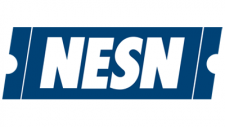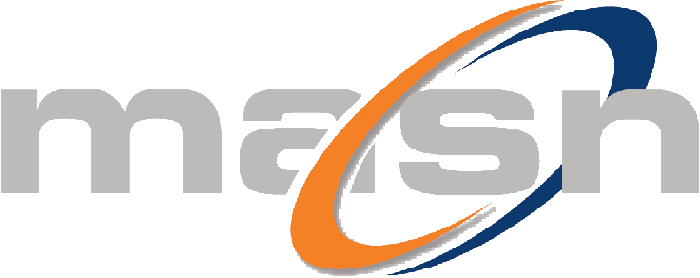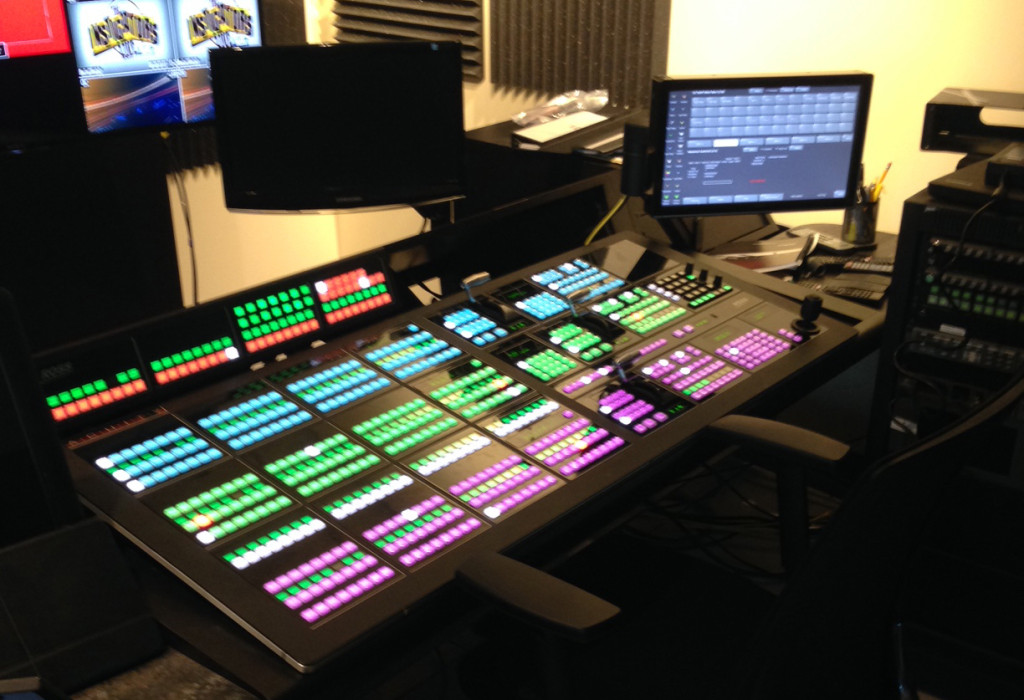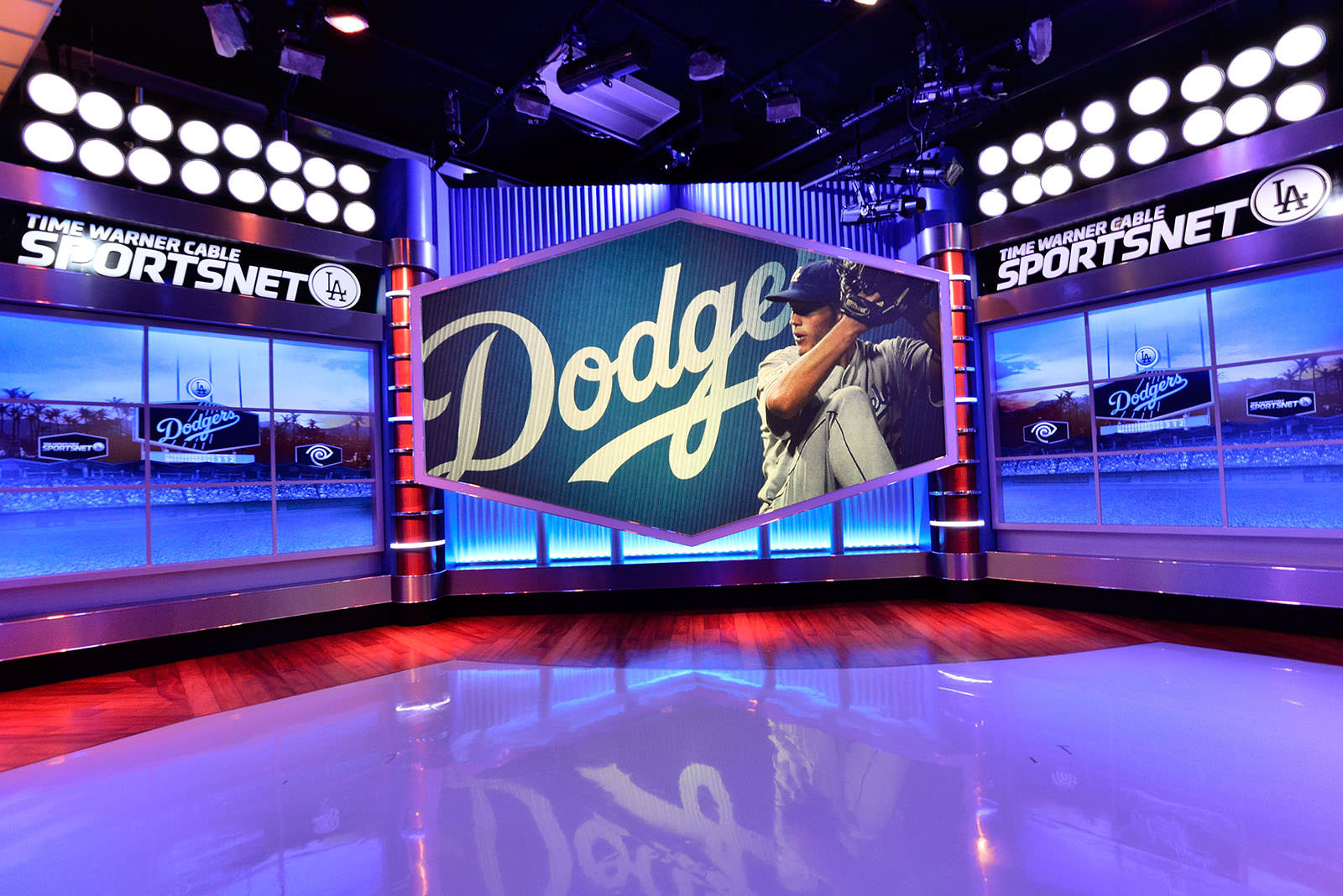MLB on RSNs, Part 2: MASN, NESN, and SportsNet LA Off and Running With World Series Contenders
Story Highlights
More than 30 regional sports networks across the country are in their second week of Major League Baseball coverage, and many of them have added to their growing arsenal of technology and production elements in the offseason. Here is a look at what MASN, NESN, and TWC’s SportsNet LA have in store for this baseball season.
NESN All About Automation for Red Sox Coverage
NESN has been among the busiest RSNs in recent months when it comes to technology enhancements to its remote and studio productions — headlined by a Ross Video-fueled facility-wide upgrade to its broadcast center and the use of LiveU portable transmission units for at-home productions of Boston Red Sox Spring Training games. Now it faces its busiest month of the year, with the Red Sox and Bruins both in action and a wealth of studio programming on its docket.
 “NESN is the home of Red Sox and Bruins games, which overlap every spring during what we call ‘crossover’,” says Joseph Maar, VP, programming and production/executive producer. “It’s a challenge we undertake every spring and enjoy the opportunity. We regularly produce simultaneous events plus studio shows using two mobile units at site plus two control rooms and two studios in our Television Center, a third full studio/set at the TD Garden for Bruins home games, and a fourth ‘remote set’ and stage at Red Sox home pregames on Yawkey Way outside of Fenway Park.”
“NESN is the home of Red Sox and Bruins games, which overlap every spring during what we call ‘crossover’,” says Joseph Maar, VP, programming and production/executive producer. “It’s a challenge we undertake every spring and enjoy the opportunity. We regularly produce simultaneous events plus studio shows using two mobile units at site plus two control rooms and two studios in our Television Center, a third full studio/set at the TD Garden for Bruins home games, and a fourth ‘remote set’ and stage at Red Sox home pregames on Yawkey Way outside of Fenway Park.”
One of NESN’s biggest challenges is the volume of original programming in addition to concurrent game productions. For example, on Thursday April 7, NESN had six production units simultaneously at work covering the Red Sox in Cleveland, the Bruins in Boston, overlapping pre/postgame shows for both teams, plus three daily sports-news shows. In addition to covering the games, NESN produces expanded pre/postgame coverage many days and those sports-news shows nearly every day.
“When two teams overlap, it’s a large amount of concurrent production, and we often have one broadcast toss across into the other for game updates and to hyper-serve fans during a pause in action of one of the games.”
According to Maar, NESN is the first sports network to automate daily postgame coverage of a professional team, thanks to its facility-wide deployment of Ross Video gear. The range of Ross Video equipment includes two Acuity production switchers and OverDrive automated production-control systems, four XPression dual-channel character generators with Streamline asset-management system, four CamBot robotic pedestals and openGear terminal equipment, three XPression engines, and a complete Ross Virtual studio system
NESN Adds Sony 4300’s, LiveU Systems, Enhanced Graphics
As for actual game coverage, NESN’s Red Sox home-game telecasts will use two Sony HDC4300 6X slo-mo cameras.
In March, NESN produced the majority of Red Sox Spring Training games by sending feeds from multiple cameras to NESN’s Boston-area studios via bonded-cellular technology rather than deploying a mobile unit and satellite/fiber connection onsite. These at-home productions deployed LiveU LU500 portable transmission units. NESN will continue to build on this technology by deploying a LiveU receiver in its mobile unit for home games and a return line (studio-to-ballpark) that LiveU can use on away games, allowing sports-news live shots, relevant story updates, and live ballpark exteriors to be integrated into the game telecasts.
NESN will roll out ChyronHego Paint with an Analyst Graphics Producer on all home and away games this season. The producer and gear will be in NESN’s Game Creek Video 94 production truck for home games and in the NESN studio for road games (with the signal sent to the ballparks via return fiber). The tool will be used on games as well as on pre/postgame shows and the three daily sports-news programs.
Expanding on a pilot last year, NESN will also use Inside Edge for analytic graphics based on data available before the game. In addition, the network and Inside Edge are co-developing ways to display real-time situational analytics between pitches and expect to roll out this new feature sometime during in the season.
At home, NESN’s pre/postgame shows on Yawkey Way will deploy an enhanced antenna system to provide wireless HD coverage along the entire street.
SportsNet LA Sending Off Vin Scully in Style
This season will mark the last year in the Los Angeles Dodgers booth for living legend Vin Scully, who will call home games once again for TWC Sports’ SportsNet LA.
 “The great news this year is, we still have Vin Scully on the home games, and we’re really going to take a minute and enjoy that this season,” says Larry Meyers. “Vin is a guy who calls the games in the booth by himself, and there’s nobody like him, so we’re less analysis-technology driven on home games. When Vin’s not in the booth, which is the road games, we’re a little bit more technology-driven, and we’re extremely focused on analysis technology in the studio.”
“The great news this year is, we still have Vin Scully on the home games, and we’re really going to take a minute and enjoy that this season,” says Larry Meyers. “Vin is a guy who calls the games in the booth by himself, and there’s nobody like him, so we’re less analysis-technology driven on home games. When Vin’s not in the booth, which is the road games, we’re a little bit more technology-driven, and we’re extremely focused on analysis technology in the studio.”
Headlining that in-studio technology is the return of Vizrt’s Viz Libero virtual analysis system, which produces 3D-style replays and advanced virtual graphics to provide deeper insight into plays. SportsNet LA delivers hour-long pre/postgame shows for every Dodgers game and relies heavily on Viz Libero to dissect the action on the field.
“On the studio side, the pre- and post-game shows also do a significant amount of social-media integration, using tools that can directly push social media into the graphics equipment,” adds Meyers.
SportsNet LA deploys NEP’s M12 mobile unit for Dodgers home games, and NEP provides the bulk of its facilities on the road. The RSN’s eight-camera complement includes a robo behind home plate, one ultra-slo-mo, and two super-slo-mos. In addition, SportsNet LA continues to work with the Dodgers to integrate Replay Technologies FreeD technology (acquired by Intel in March) to provide 360-degree replays of Dodgers action.
SportsNet LA continues to utilize IP-based transmission for both home and road games, with home games running on a multipath bidirectional proprietary system between Dodger Stadium and TWC Sports’ El Segundo, CA, facility.
Since every game requires a separate Spanish-language feed, TWC brings back a clean feed and other router feeds to El Segundo, where the the Spanish-language control room is located. The control room integrates clean feeds, any unilateral camera or replay feeds, graphics, and audio into the final Spanish telecast. Announcers are located at Dodger Stadium for home games and in El Segundo for road games.
TWC is also working with the Dodgers to digitize the teams’ sizable — and aging — tape archive and make it available via the same IP connectivity at the stadium.
“We’ve digitized a significant amount of material here in our production facility and are utilizing the same IP infrastructure as our home transmission technology to allow the Dodgers television department at the stadium to access those archives and search the proxies to retrieve the broadcast-quality content when needed,” says Meyers. “That’s something that’s pretty unique in our business.”
MASN Now 100% Tapeless, Fiber-Based
With both the Baltimore Orioles and Washington Nationals to cover, MASN is among the busiest on the diamond throughout the season, and, this year, that coverage will be 100% tapeless and reliant on fiber. In addition to transitioning its ENG operation to Sony XDCAM (the lone remaining piece in its move to tapeless), MASN has deployed fiber to connect all its pre/post studio locations and broadcast booth at both Camden Yards and Nationals Park.
 “ENG was the last piece where we were still using tape in terms of equipment, so we’ve gotten completely away from the tape, which is nice,” says Ken Stiver, VP, engineering/operations, MASN. “And we switched everything to fiber at Camden and at Nats Park, so we have no more analog in the facilities. On the road, now we’re shipping a fiber kit to go up to the booth. Most of the facilities have fiber in them to a certain extent by now, so that is going to be great for us.”
“ENG was the last piece where we were still using tape in terms of equipment, so we’ve gotten completely away from the tape, which is nice,” says Ken Stiver, VP, engineering/operations, MASN. “And we switched everything to fiber at Camden and at Nats Park, so we have no more analog in the facilities. On the road, now we’re shipping a fiber kit to go up to the booth. Most of the facilities have fiber in them to a certain extent by now, so that is going to be great for us.”
Other big changes this year for MASN include upgrading to EVS XT3 six-channel replay systems (totaling 24 channels) in its Game Creek Video mobile units, as well as transitioning from ChyronHego HyperX3 graphics systems to ChyronHego Mosaic. For next season, MASN expects to launch new mobile units for its Nats and Orioles productions.


